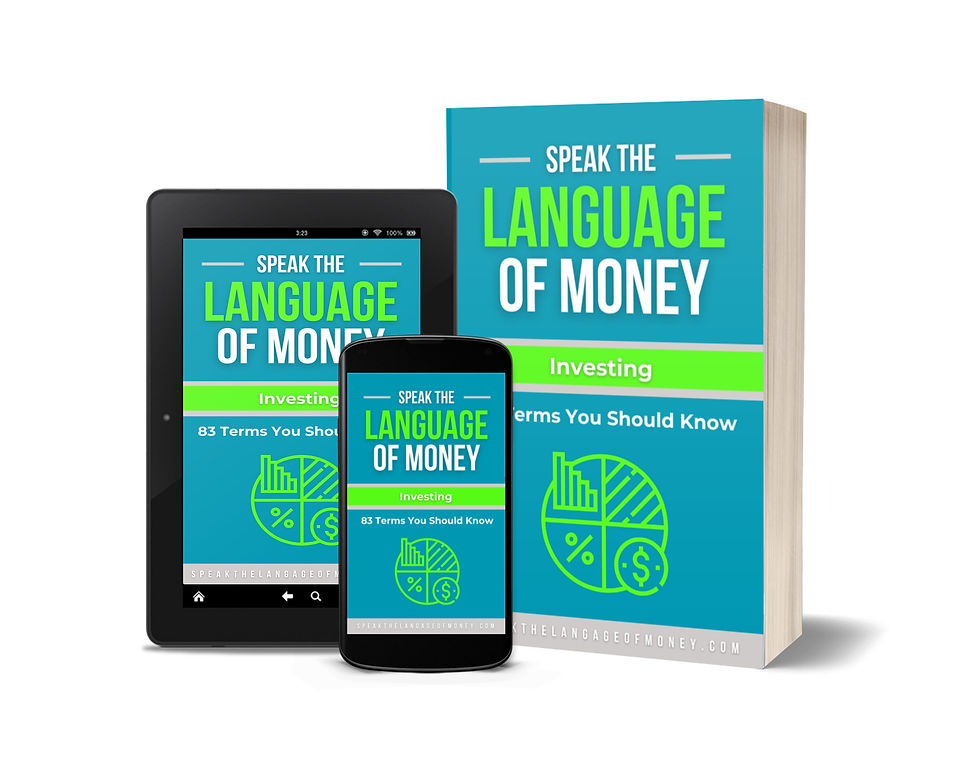Financial Word of the Day: Candlestick Chart
- Larry Jones

- Oct 16
- 2 min read

Introduction
If you’ve ever seen a stock chart that looks like a bunch of colorful candles standing in a row—congratulations—you’ve met the Candlestick Chart. It’s one of the most popular tools traders use to read market trends and price behavior.
Definition of a Candlestick Chart
A Candlestick Chart is a type of financial chart that shows how an asset’s price moves over a specific time period—whether that’s one minute, one day, or one month. Each “candlestick” represents four key data points:
Open – the price at which the asset started trading for that period
Close – the price at which it finished trading for that period
High – the highest price reached
Low – the lowest price reached
The body of the candle (the thicker part) shows the range between the open and close prices. If the candle is green (or white), the price closed higher than it opened—meaning the market moved up. If it’s red (or black), the price closed lower than it opened—meaning the market moved down.
The “wicks” or “shadows” (the thin lines above and below the candle) show how far prices moved up or down before settling.
Why Candlestick Charts Matters
Candlestick charts aren’t just pretty—they’re powerful. They allow investors to see at a glance how buyers and sellers are behaving. You can spot patterns that hint at momentum, reversals, or consolidation in the market.
For instance:
A long green candle may signal strong buying pressure.
A long red candle could show heavy selling.
A Doji (a candle where open and close prices are almost identical) signals indecision—a possible turning point.
These visual clues help traders make more informed decisions about when to buy, sell, or hold an investment.
Example of Using Candlestick Chart Conversation
You might hear someone say:
“The candlestick chart shows a bullish engulfing pattern—looks like buyers are taking control again.”
Translation: “The price might be heading up, and I don’t want to miss it.”
How This Helps You
Even if you’re not day trading, understanding candlestick charts can make you a more informed investor. They reveal the emotional tug-of-war between buyers and sellers—and emotions often drive short-term price moves.
When you understand what the candles are saying, you’re no longer guessing at what’s happening in the market. You’re reading the story in the data.
It’s like learning a new language—the language of market behavior. And once you speak it, you start to see patterns everywhere.
So next time you open a trading app and see those red and green bars, don’t scroll past. Look closely. Those candles are telling you a story about fear, greed, and opportunity—all at once.
Bottom Line
A Candlestick Chart shows where a market has been and hints at where it might go next. Learn to read the candles, and you’ll start to see the market not as chaos—but as communication.






Comments